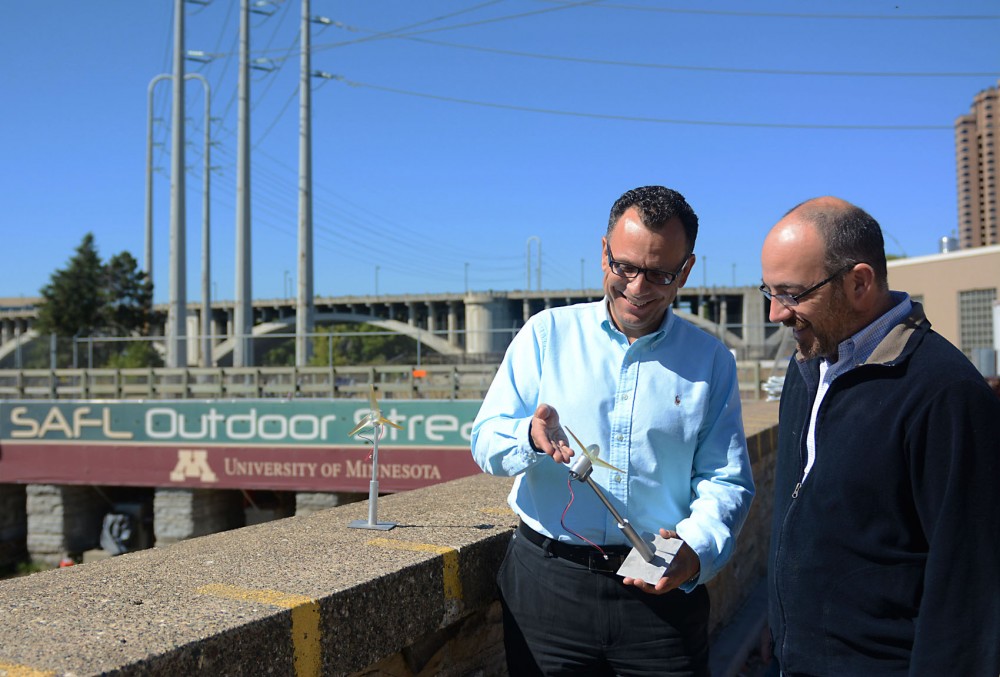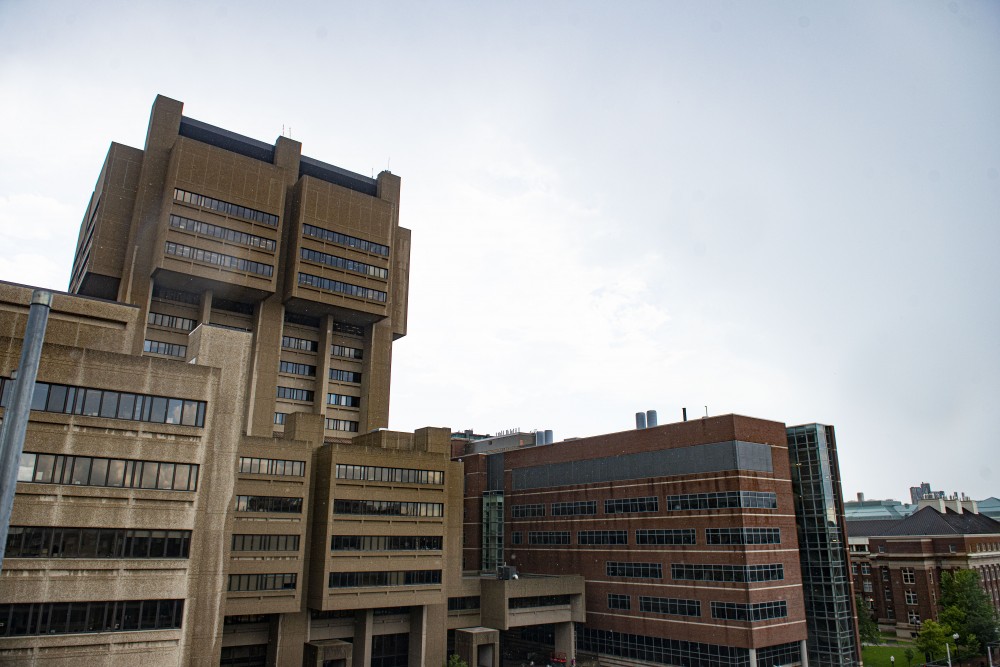University of Minnesota researchers are working to capture renewable energy from New York City’s East River to power homes.
For the next two years, the University’s St. Anthony Falls Laboratory and Department of Civil Engineering will develop water turbines for Verdant Power, a New York City-based renewable technology company.
Once installed, researchers speculate the 30 turbines will generate 22 percent of the electricity for New York City’s Roosevelt Island.
SAFL director Fotis Sotiropoulos said the project could demonstrate for the first time that turbine water power is capable of providing direct electricity to households.
“It won’t solve the problem, but it provides a significant help,” he said. “The nice thing is that it is a far more predictable resource than wind energy.”
Waves, tides and currents from oceans and rivers are continuous, so they can be more reliable than current renewable energy. Sotiropoulos said water power could be used to power 10 percent of America’s electricity.
Researchers will design more efficient and durable water turbines and determine the best way to position them in the East River.
Michele Guala, a civil engineering assistant professor, said water turbines extract energy with few risks because they don’t damage the environment, harm aquatic life or take up much space. He said a ship propeller would be more harmful to a fish than a turbine blade.
“You don’t see them, you don’t hear them,” Guala said. “You just get the power, essentially. The only cost would be the maintenance cost of the turbines.”
Civil engineering professor Henryk Stolarski said he and a student will create computer models of the turbines when designing the blades to last longer, increase energy output and require little maintenance.
A large portion of the project will also involve creating a computer model that simulates the East River, so the turbines can be positioned without interrupting each other’s flow.
“One turbine creates a flow that will affect [others] downstream,” Sotiropoulos said. “All of the turbines interact with each other, so … the position you place them has a huge difference.”
Saurabh Chawdhary, SAFL research assistant and former University graduate student, is helping create these computer simulations.
The plan, Chawdhary said, is to see if the data for the models match the data for the real turbines that Verdant will put in the East River.
Guala will be testing the turbine models and head the experiments. He said researchers will measure both the performance of the turbine models and the way the energy is produced. Understanding this data will help them know how far apart to place the turbines.
“The river is complex,” Guala said. “It’s not simply a uniformly flat area, which means the shape of the metal may influence the performance.”
For now, SAFL faculty will test the turbines with the equipment in the laboratory. Once SAFL researchers have generated the data and completed modifications, they will give Verdant Power the designs.
Dean Corren, director of technology for Verdant, said the company has been working with SAFL for years.
With this project, Verdant Power could be one of the first to commercialize the hydrokinetic industry of harnessing energy from waves or currents.
“If it’s successful, it will be very important for the future of hydrokinetics,” Chawdhary said. “It’s a critical moment.”























